Birdfinding.info ⇒ A rare, little-known shorebird that appears to be highly localized in its limited range. In winter it can be found in salt pans southwest of Bangkok, Thailand (especially Laem Phak Bia), and several sites in southern Thailand and peninsular Malaysia. On migration, it occurs regularly along the Yellow Sea coast north of Shanghai (Dongtai, Jianggang, and Yangkou,), and a few in South Korea (Saemangeum), Hong Kong (Mai Po), and southwestern Taiwan (Jiangjun).
Nordmann’s Greenshank
Tringa guttifer
Breeds in eastern Siberia. Winters along coasts of southeast Asia.
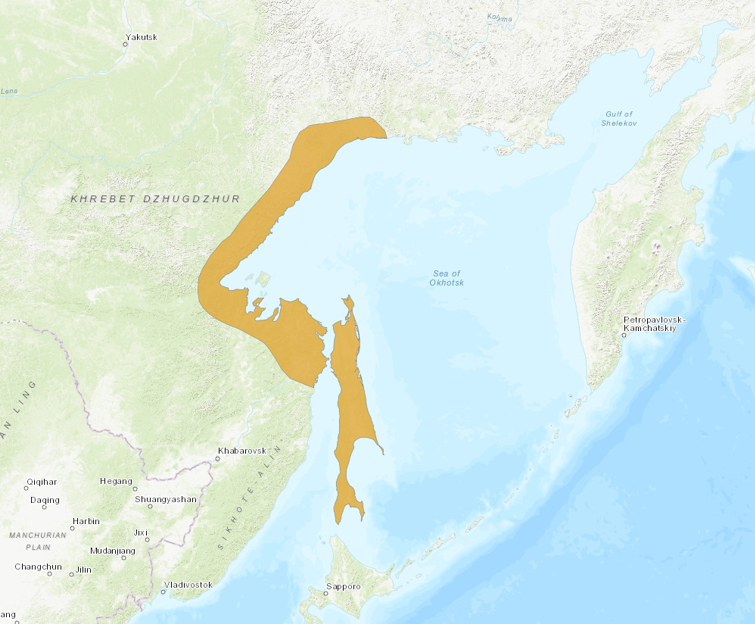
Approximate breeding range of Nordmann’s Greenshank. © BirdLife International 2016
Breeding. Breeds from May through August on Sakhalin Island and along the western and northern coasts of the Sea of Okhotsk in sparse larch forests where it nests in trees beside marshes. May also breed locally on the Kamchatka Peninsula.
In 2016 BirdLife International estimated the population at 1,000 to 2,000, up from the previous estimate of 250 to 1,000. It has disappeared from some historical breeding areas, so the actual trend is likely downward, but a count of over 1,100 in Jiangsu, China in October 2013 forced an increase of the estimate.
Nonbreeding. Winters mainly along coasts of the Gulf of Siam and Malay Peninsula, and in smaller numbers west to Bangladesh, east to Taiwan and the Philippines, and south to Borneo and Sumatra. In some areas, it divides its time between salt pans and adjacent mudflats.
Movements. Migrates north in March and April, when significant numbers occur along the Yellow Sea coasts of China and Korea, and a few in western Japan.
Southbound migration occurs mainly in September and October, when large flocks again congregate at a few sites around the Yellow Sea, and small numbers appear in Japan.
Vagrants are rarely reported away from eastern Asia, but there are a few winter records from the north coast of Australia. Likely overlooked in part due to its strong similarity to Common Greenshank.
Identification
Nordmann’s is a shorter, stouter version of its abundant and widespread cousin, the Common Greenshank, which occurs throughout its range. They are very similar, both medium-large sandpipers with green-or-yellow legs and slightly upturned bills, and in basic plumage both have weakly patterned, gray upperparts.
Structurally, Nordmann’s has a thicker bill, heavier body, and slightly shorter legs. The coloration of the bill and legs varies in both species, but Nordmann’s varies more than Common, and more often shows yellow on both the bill and the legs (whereas Common tends to be show greenish legs and a grayish bill). For a more detailed comparison, see below: Cf. Common Greenshank.
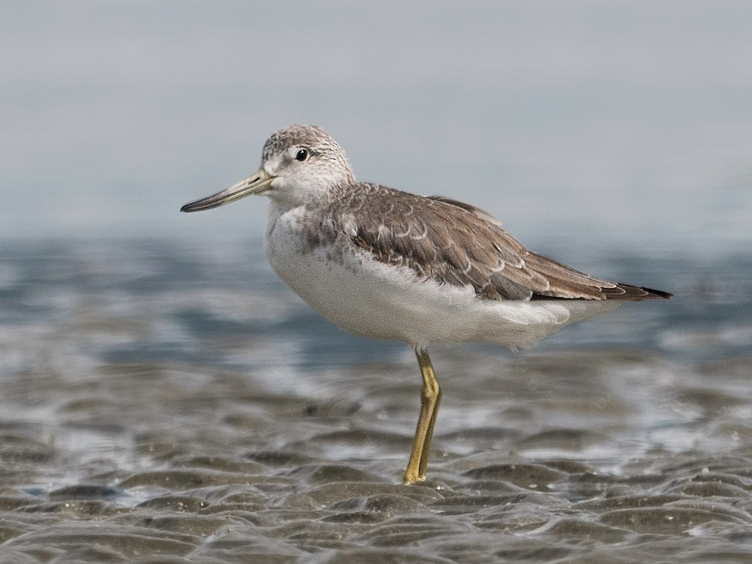
Nordmann’s Greenshank, basic plumage—note the thick, mostly greenish-gray bill. (Mersing Beach, Johor, Malaysia; December 10, 2018.) © Wai Loon Wong
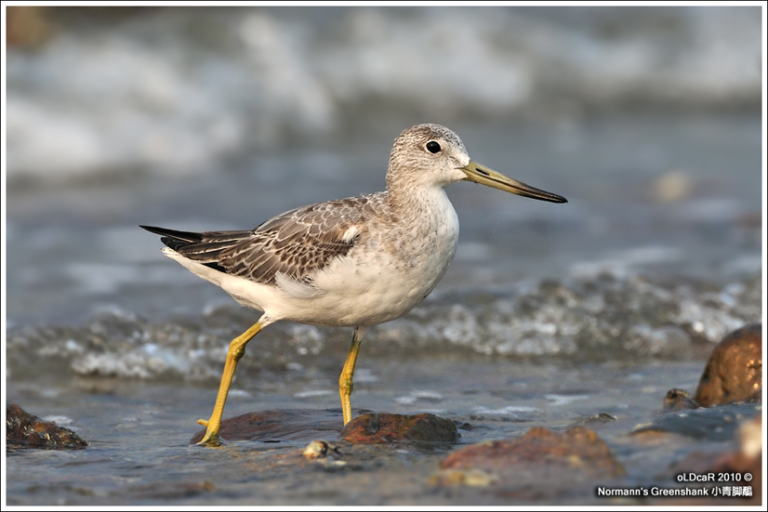
Nordmann’s Greenshank, basic plumage—note the thick, strongly bicolored bill and bright yellow legs. (Nai Chung, China; September 18, 2010.) © oLDcaR
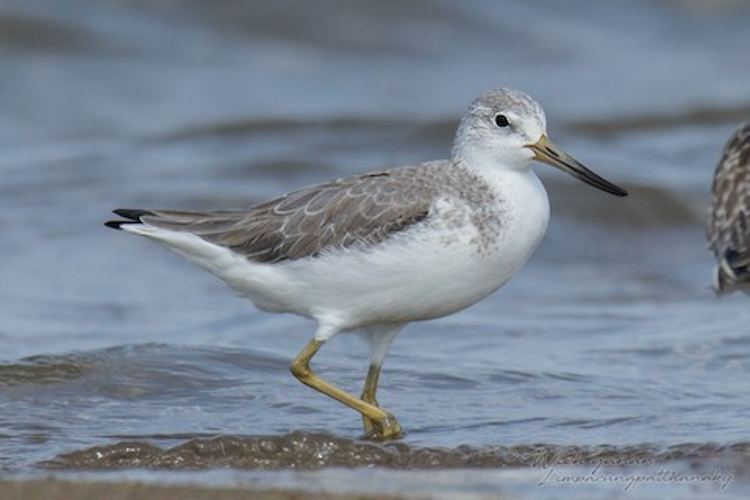
Nordmann’s Greenshank, basic plumage. (Krabi, Thailand; November 27, 2018.) © Wich’yanan (Jay) Limparungpatthanakij
Outside the breeding season, Nordmann’s has white underparts and mostly gray upperparts (pale-brown on juveniles), very similar to Common.
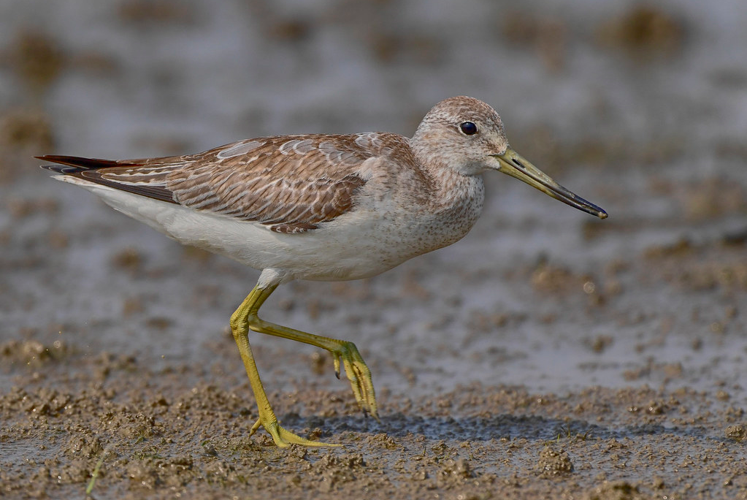
Nordmann’s Greenshank, juvenile—note pale-brown upperparts, with a few pale-gray feathers emerging. (Mai Po Nature Reserve, Hong Kong; September 16, 2017.) © John Yu
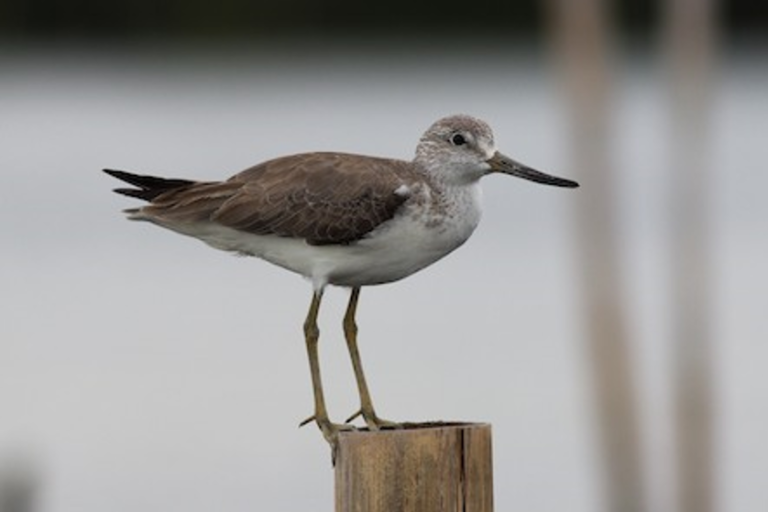
Nordmann’s Greenshank, basic plumage, with upperparts appearing darker and more uniform than most. (Pak Nam Prasae, Rayong, Thailand; December 5, 2017.) © Andrew Pierce
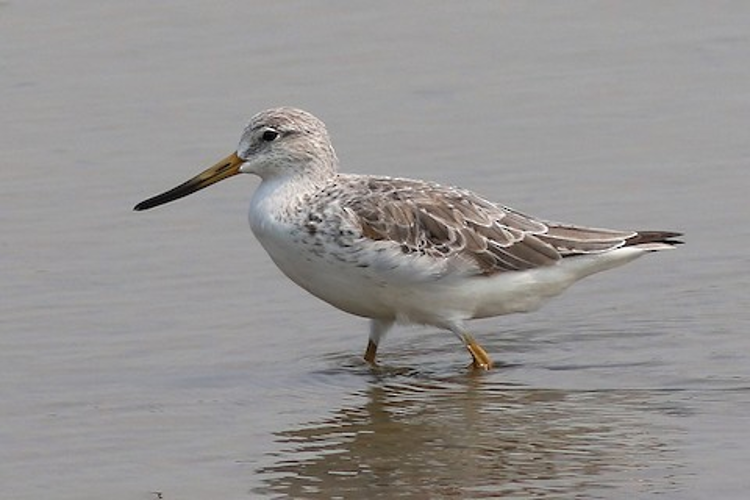
Nordmann’s Greenshank, basic plumage, in typical posture. (Tainan City, Taiwan; March 17, 2019.) © SteveM
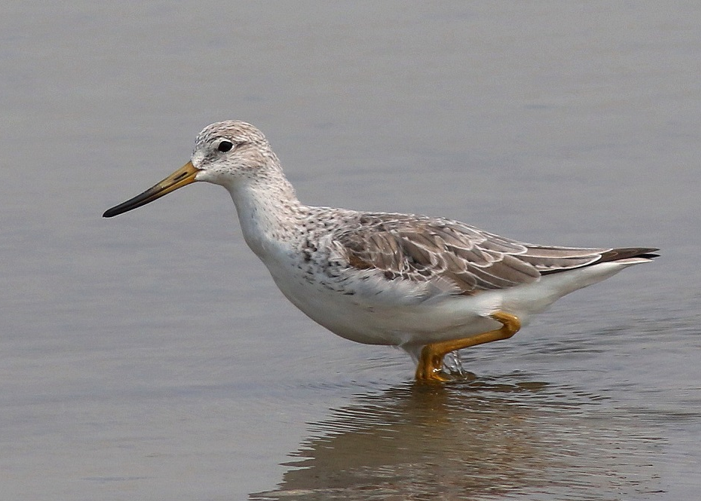
Nordmann’s Greenshank, basic plumage, with neck extended more than usual. (Tainan City, Taiwan; March 17, 2019.) © SteveM

Nordmann’s Greenshank. (Krabi Estuary, Thailand; December 11, 2011.) © Waderworld

Nordmann’s Greenshank, showing its white tail. (Mai Po Nature Reserve, Hong Kong; March 16, 2009.) © Jacky Chan
The most consistent plumage differences between the two greenshanks are on the tail and underwing, both of which are paler on Nordmann’s than on Common, although these details are usually concealed beneath the folded wing. Nordmann’s’ wing linings are all-white are all-white and its tail usually appears all-white or whitish-gray.
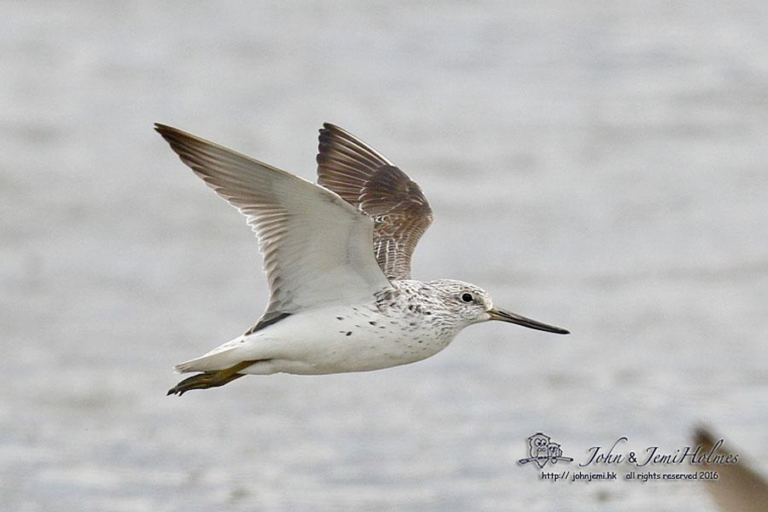
Nordmann’s Greenshank, molting into alternate plumage, and showing diagnostic all-white wing-linings and tail. (Mai Po Nature Reserve, Hong Kong; April 10, 2016.) © John & Jemi Holmes
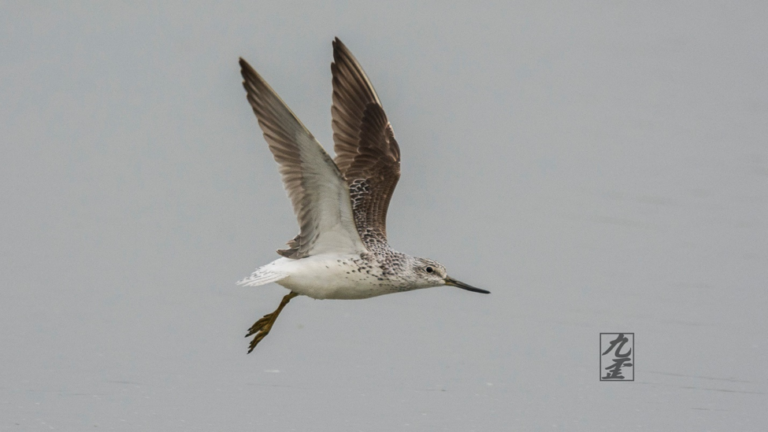
Nordmann’s Greenshank, molting into alternate plumage, showing diagnostic all-white wing-linings and mostly white tail. (Mai Po Nature Reserve, Hong Kong; April 20, 2016.) © 不正
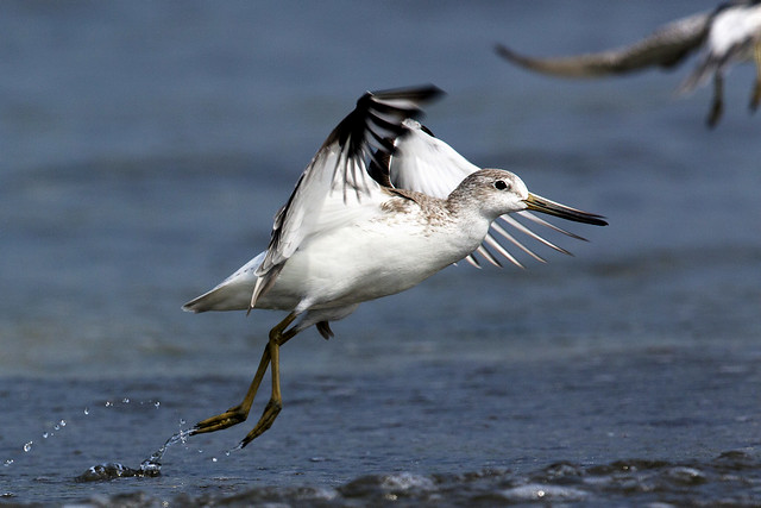
Nordmann’s Greenshank, basic plumage, showing diagnostic all-white wing-linings. (Pak Nam Prasae, Rayong, Thailand; November 30, 2014.) © lonelyshrimp
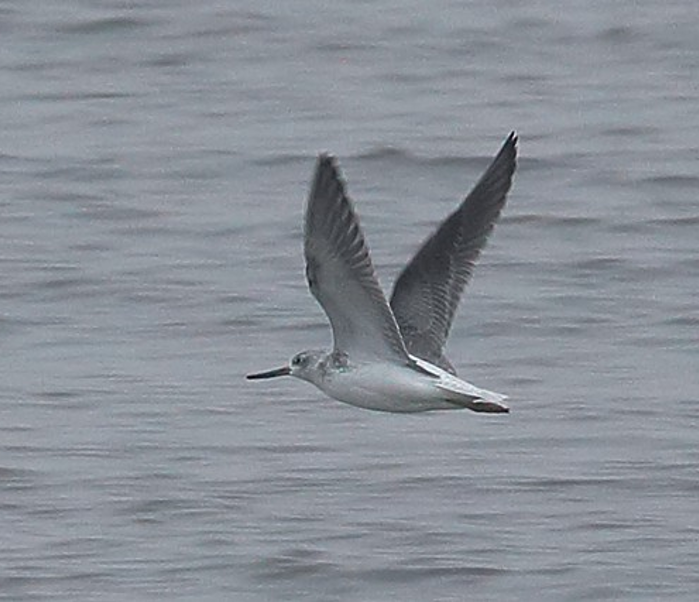
Nordmann’s Greenshank, basic plumage, showing diagnostic all-white wing-linings and white tail. (Rudong, China; October 30, 2014.) © Colin Bradshaw

Nordmann’s Greenshank, alternate plumage, showing diagnostic all-white wing-linings and mostly white tail. (Chiba, Japan; June 7, 2008.) © N.K.
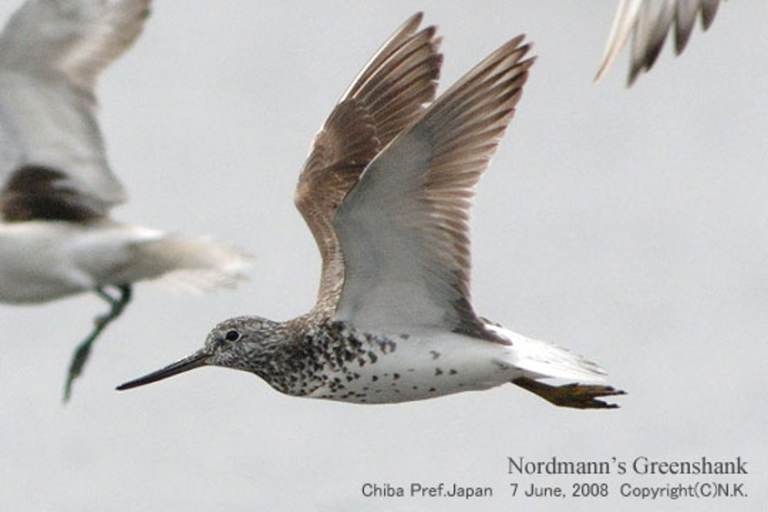
Nordmann’s Greenshank, alternate plumage, showing diagnostic all-white wing-linings and mostly white tail. (Chiba, Japan; June 7, 2008.) © N.K.

Nordmann’s Greenshank, beginning molt from basic into alternate plumage—note the diagnostically white tail and a few emerging spots on the upperparts. (Mai Po Nature Reserve, Hong Kong; May 6, 2012.) © Allen
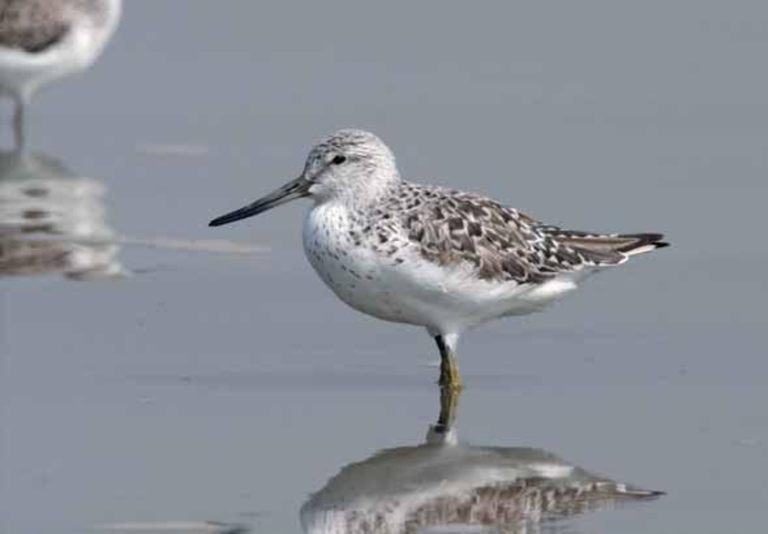
Nordmann’s Greenshank, molting from basic into alternate plumage—note the emerging spots. (Mai Po Nature Reserve, Hong Kong; April 19, 2004.) © Jemi & James Holmes
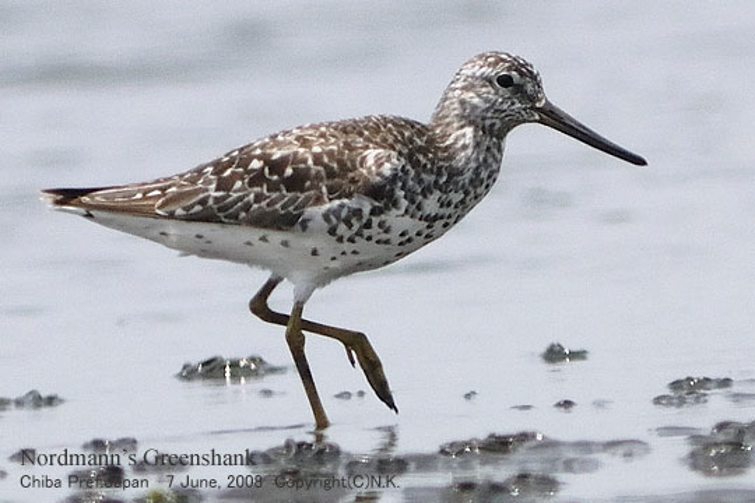
Nordmann’s Greenshank, alternate plumage. (Chiba, Japan; June 7, 2008.) © N.K.
In full breeding plumage, held from late May to early August, Nordmann’s has dense, blackish spots over most of its head, neck, and chest; its upperparts become mostly blackish with small white flecks between the spots.

Nordmann’s Greenshank, alternate plumage, showing mostly blackish upperparts and neck. (Aichi, Japan; August 9, 1992.) © Shinji Koyama
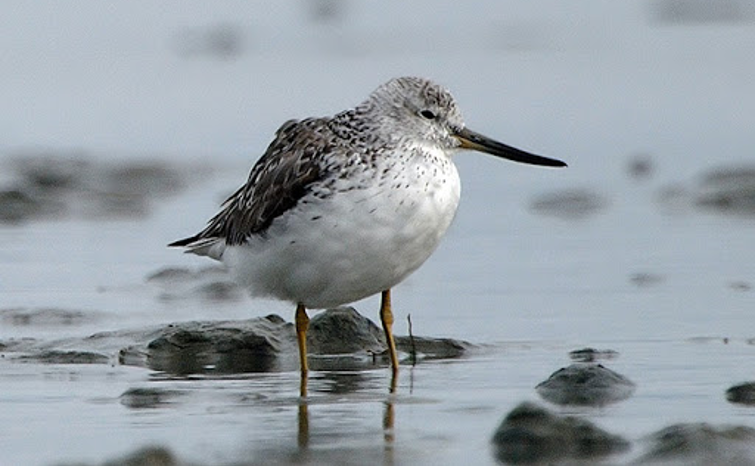
Nordmann’s Greenshank, showing traces of alternate plumage spotting. (South Korea.) © Richard Chandler
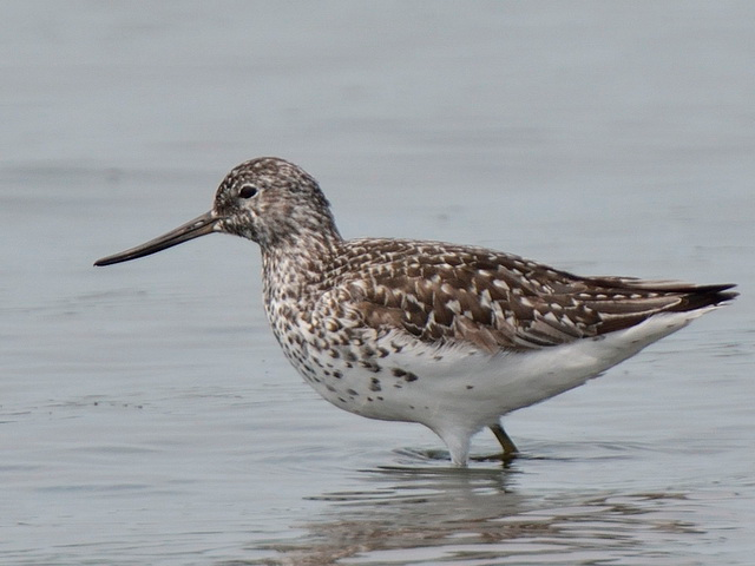
Nordmann’s Greenshank, alternate plumage. (Primorskiy Kray, Russia; May 19, 2015.) © Andrey Vyalkov
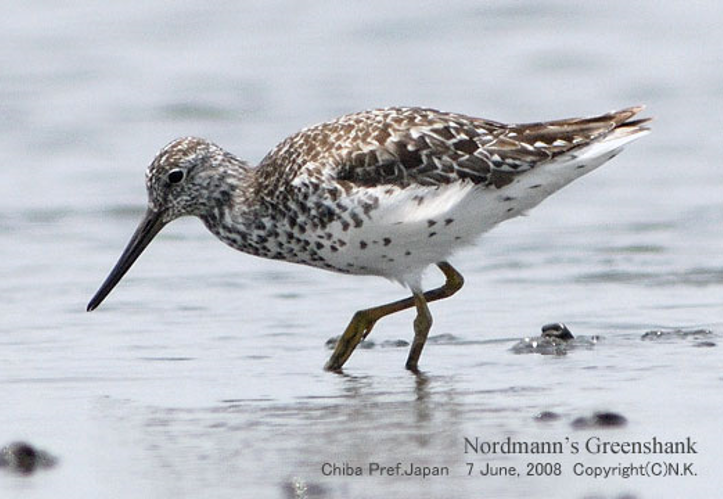
Nordmann’s Greenshank, alternate plumage. (Chiba, Japan; June 7, 2008.) © N.K.

Nordmann’s Greenshank, alternate plumage, holding a fish, and showing its densely spotted upperparts. (Chiba, Japan; June 7, 2008.) © N.K.
Cf. Common Greenshank. Common and Nordmann’s Greenshanks are very similar in most plumages. Nordmann’s in full breeding plumage is distinctive due to its bold, heavy spotting, but otherwise both species have a similar set of patterns and coloration. The two differ in their overall structure, Nordmann’s being somewhat stouter and shorter, but these distinctions can be difficult to judge even under optimal viewing conditions.
Features that are reliable—or at least helpful—in many cases are:
Underwing Coloration: Nordmann’s has all-white wing-linings, whereas Common’s wing-linings have a mottled or scaled pattern. Given an adequate view in good lighting, this difference seems to be clear and diagnostic.
Tail Pattern: Nordmann’s’ tail typically appears all-white, but can also be pale-gray or very subtly barred, whereas Common’s tail is always barred, and the barring is usually evident if the tail is seen clearly. There seems to be little if any overlap in this feature, but an individual with slight barring visible on the tail would not be identifiable on that basis.
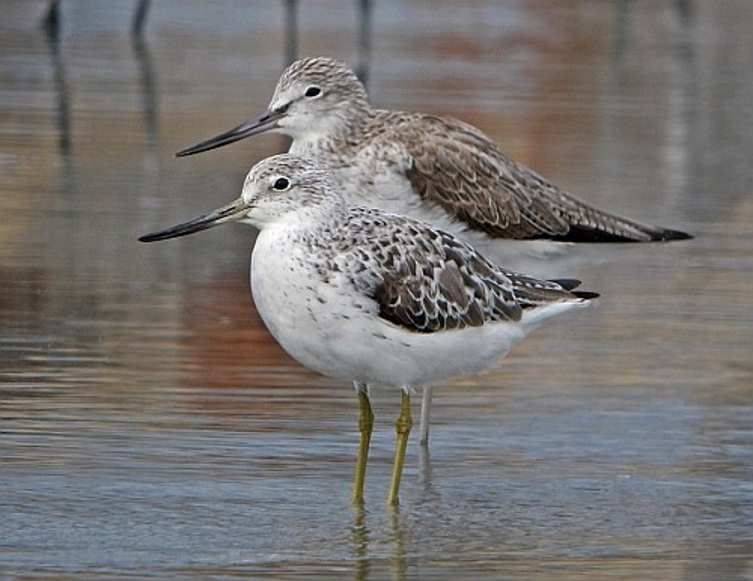
Nordmann’s Greenshank in foreground, with Common Greenshank in background, showing the strong similarity between the two species in basic plumage—note the Common’s finely streaked crown and pale greenish-gray legs. (Kapar Power Station, Selangor, Malaysia; March 21, 2011.) © Dave Bakewell
Crown Pattern: Common Greenshank typically shows a finely streaked crown year-round. (The streaking also extends down the neck, but the crown does not change with posture, so it is easier to judge.) On Nordmann’s, the crown typically either lacks a distinct pattern or appears spotted rather than streaked. This distinction seems to be reliable in most cases.
Bill Size: Nordmann’s typically has a thicker bill than Common. It tends to be thicker both at the base and at the tip. Its thickness often makes an immediate impression as being disproportionate—in such cases, bill size tends to be a reliable indicator. However, Common’s bill is also thicker than those of most other Tringa species, and Nordmann’s’ bill thickness seems to vary, so there may be some overlap in this feature.
(Note that the bills of both Common and Nordmann’s can appear either straight or upcurved—within roughly the same range of variation.)
Bill Color: The coloration of Nordmann’s’ bill varies more than Common’s, a difference that may be diagnostic in many cases. Common’s bill consistently shows a blackish tip and a paler but dull-colored base (usually grayish, but sometimes with tones of green, pink, brown), with a gradual transition near the middle.
Nordmann’s often has a strongly bicolored bill, with a blackish tip and a pale yellow base, and a crisp contrast between the colors at mid-bill. In many other individuals, however, the bill may appear either all-dark or weakly bicolored, with a dull greenish-gray base and blacker tip but no distinct demarcation.
Leg Color: Both Nordmann’s and Common can have either dull greenish, grayish, or yellow legs, so this feature is rarely diagnostic. Common most often has greenish legs, whereas Nordmann’s more often has yellow legs. As with its bill color, Nordmann’s’ leg color seems to vary more than Common’s.
Leg Length: Nordmann’s’ legs are slightly shorter than Common’s, especially the portion above the knee, but the difference is not always noticeable. A rule of thumb that seems to apply in most cases is that the bare portion of Common’s upper shank is clearly more than half the length of its bill, whereas the upper shank of Nordmann’s is clearly less than half the length of its bill—but if the upper shank appears roughly half the length of the bill, focus on other features instead.
Body Size and Posture: Nordmann’s is heavier bodied than Common and usually holds its head closer to the body, which accentuates its bulk and makes it appear to have a shorter neck. This is a general tendency, not a diagnostic feature, but it is often a useful indicator to guide initial judgments.
Notes
Monotypic species. Also known as Spotted Greenshank.
IUCN Red List Status: Endangered.
References
BirdLife International. 2016. Tringa guttifer. The IUCN Red List of Threatened Species 2016: e.T22693225A93391729. https://dx.doi.org/10.2305/IUCN.UK.2016-3.RLTS.T22693225A93391729.en. (Accessed February 7, 2020.)
Brazil, M. 2009. Birds of East Asia. Princeton University Press, Princeton, N.J.
eBird. 2020. eBird: An online database of bird distribution and abundance. Cornell Lab of Ornithology, Ithaca, N.Y. http://www.ebird.org. (Accessed February 7, 2020.)
Hayman, P., J. Marchant, and T. Prater. 2009. Shorebirds: An Identification Guide. Houghton Mifflin, Boston.
Van Gils, J., P. Wiersma, and G.M. & Kirwan. 2020. Spotted Greenshank (Tringa guttifer). In Handbook of the Birds of the World Alive (J. del Hoyo, A. Elliott, J. Sargatal, D.A. Christie, and E. de Juana, eds.). Lynx Edicions, Barcelona. https://www.hbw.com/node/53905. (Accessed February 7, 2020.)
